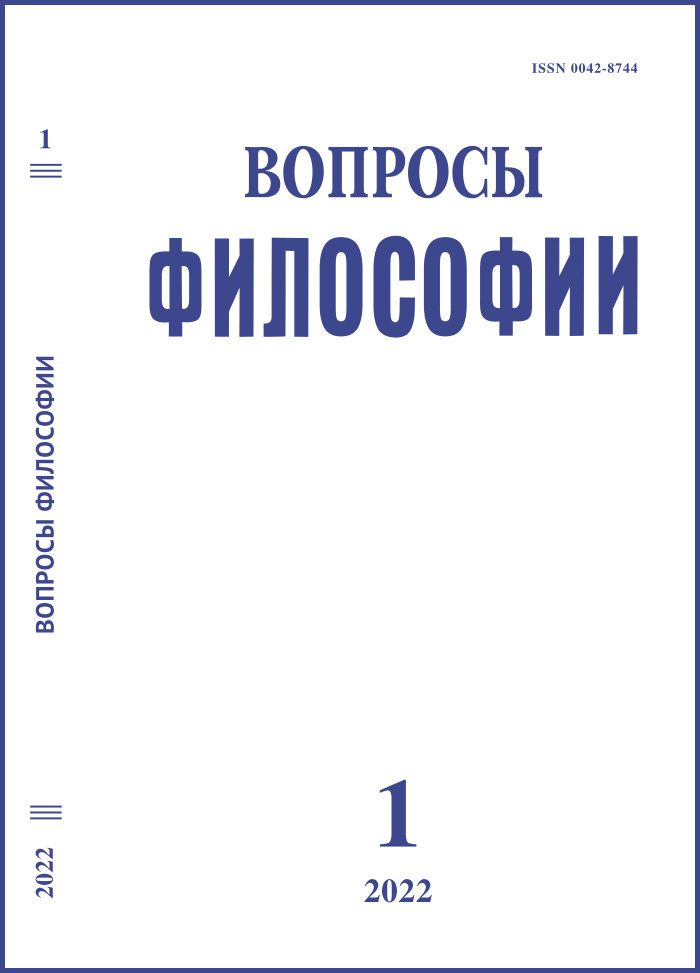Phenomenology of the “Logic of Question and Answer”
DOI:
https://doi.org/10.21146/0042-8744-2022-1-148-158Keywords:
question, phenomenology of reading, phenomenology of language, H.-G. Gadamer, M. Merleau-Ponty, history of effect, significative intention, logic of question and answer, gesticulationAbstract
In this article I examine the reading as a communication, that takes place within the text space. The investigation is based on the conceptions of H.-G. Gadamer and M. Merleau-Ponty. I consider the reading as quasi-dialog without a real “dialog partner” and investigate, what produces an effect of request to the reader. I start with the examination of Gadamer’s “logic of question and answer”, and my proposition is to interepret “question” and “answer” as two aspects of sense, which are contained interwoven in every expression: the negative aspect and the positive one. Following the Merleau-Ponty’s interpretation of the language as gesticulation, I trace the function of question, or the negative aspect of sense, in the communication. The question marks the gap between the spoken word and something that is to speak, it points on the open possibilities of sense. In his latest works Merleau-Ponty re-interprets Husserls concept of “significative intention”: he accents the meaning of a tendency, of a void, that is to fulfill by the reader. The text conveys not the sense nor the signification, but the significative intention. It is the request addressed to the reader from the “author” or the “text” who is supposed to be a “dialog partner”. We propose to denominate it as “quasi-author”, which is an unavoidable structural part of every act of reading.
Downloads
Published
Versions
- 2025-02-06 (2)
- 2022-01-31 (1)

